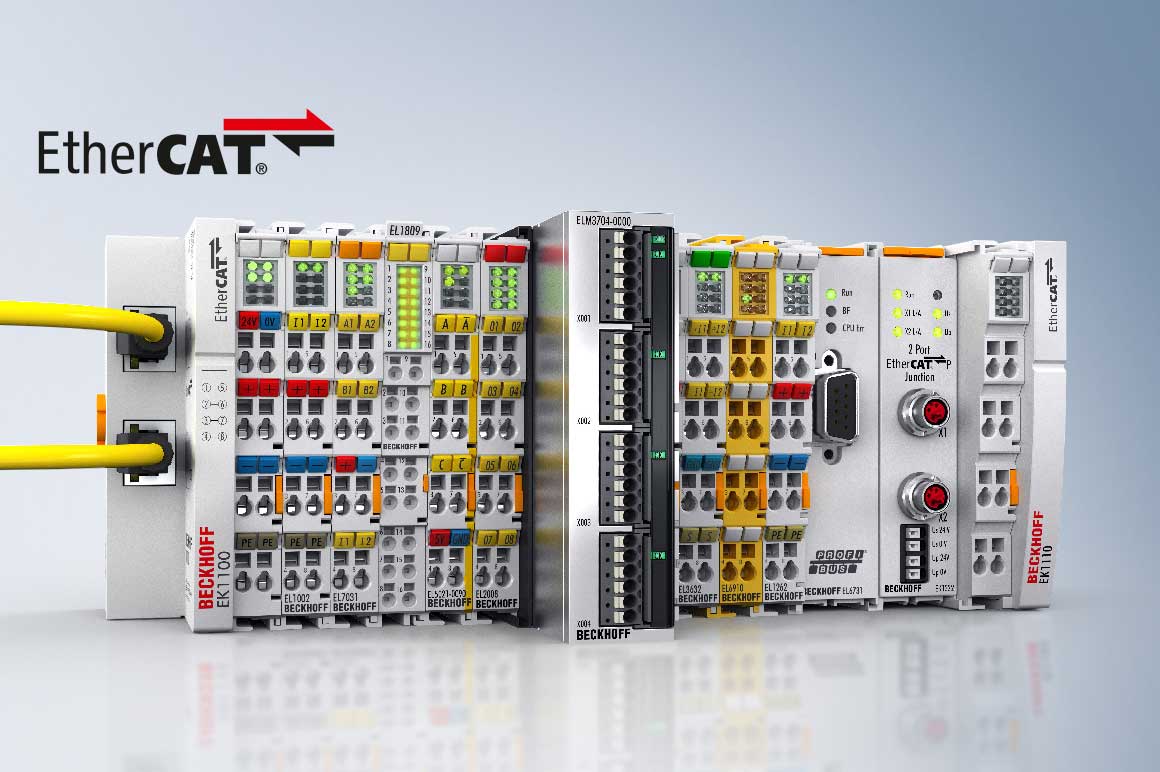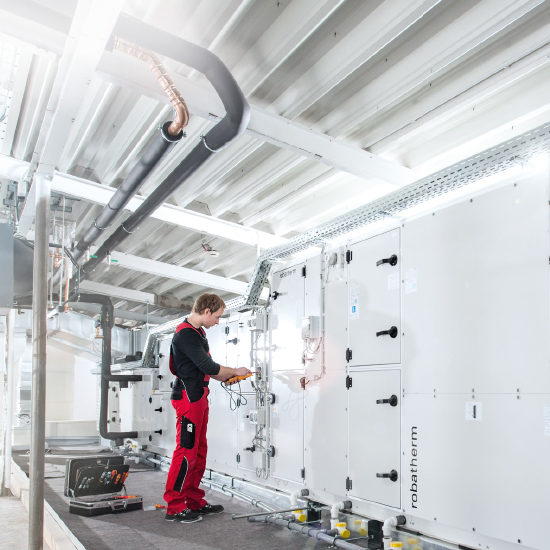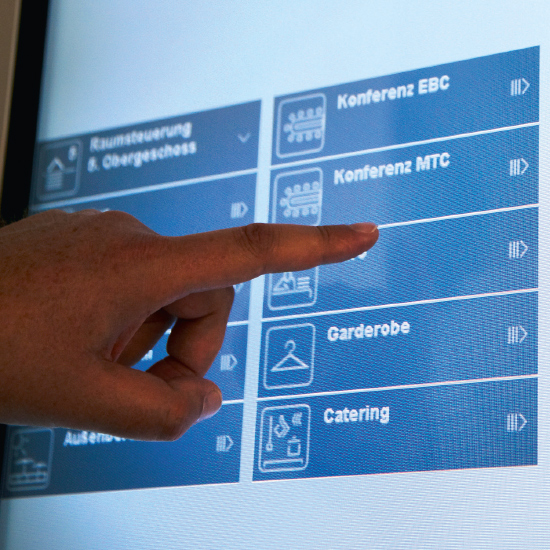

In our digitally driven era, data centers form the backbone of modern businesses. With our comprehensive experience in automation technology, we provide the right solutions for designing, fine-tuning, and maintaining these critical infrastructures. Whether you're building a state-of-the-art data center or aiming to boost the performance and efficiency of your existing facilities, Beckhoff’s range of components and solutions are designed to guide you through every step of this process.
Our commitment to innovation, security, and scalability ensures that your data center not only meets current requirements but is prepared for the ever-evolving landscape of digital technology. We offer reliable, sustainable solutions that specifically cater to your business's unique demands.

Data center automation

Energy monitoring and power quality tracking are vital for data centers for a multitude of reasons: cost efficiency, resource allocation, capacity planning, environmental concerns, reliability, predictive maintenance, and regulatory compliance. Monitoring energy use helps to identifying inefficiencies and lowers operational expenses. It also ensures that resources are distributed properly to prevent overload and maintain uptime. Energy monitoring helps data centers manage their environmental impact by reducing energy consumption and adopting sustainable practices. Power quality monitoring detects issues such as voltage fluctuations, which allows equipment failures to be prevented. It also provides early warnings for equipment problems, thus reducing downtime risk and assuring compliance with regulatory standards.
PC-based control completes the power measurement loop from sensor to cloud, thereby simplifying energy management methods and improving the availability of systems and data centers. Permanent, system-integrated power measurement allows users to perform extensive inline analyses to detect deviations and take quick action to correct them.

Data centers are under pressure to reduce their environmental impact, and HVAC monitoring helps them to adopt eco-friendly practices. It regulates temperature and humidity in order to prevent equipment from overheating and failure. Monitoring HVAC energy usage allows centers to identify energy-saving opportunities, thus reducing costs. Effective HVAC control also boosts air quality, benefiting both the equipment and personnel. HVAC redundancy and backup systems prevent system failures and assure compliance with regulations, which is vital for a safe working environment.
TwinCAT 3 Building Automation provides a comprehensive package of software function blocks for building automation that covers the entire range of functions for HVAC control. This significantly simplifies the implementation of heating, ventilation, and air conditioning technology. Functions such as summer night cooling, summer compensation, backup operation, and time schedulers are also available. With the help of the HVAC modules, further energy-saving possibilities can be explored via occupancy-dependent control of technical systems

Beckhoff provides an extensive range of fieldbus components for all common I/O and fieldbus systems along with a set of connectivity options, so that the best bus system can be selected for the application. The open system supports all common data transmission protocols, which ensures good interoperability with 3rd party systems.

Integrated controller redundancy increases system availability, which plays a crucial role in the data center industry. Measures to increase this include using redundant architectures to safeguard against failure in individual control components. For redundant control operation, TwinCAT Controller Redundancy is available.
This system-integrated software solution allows two standard industrial PCs to be operated as redundant controllers that both run the same PLC program. An additional high-performance network connection between the two controls provides the necessary data synchronization. If one controller fails, the second controller seamlessly takes over, preventing system downtime and data loss.






